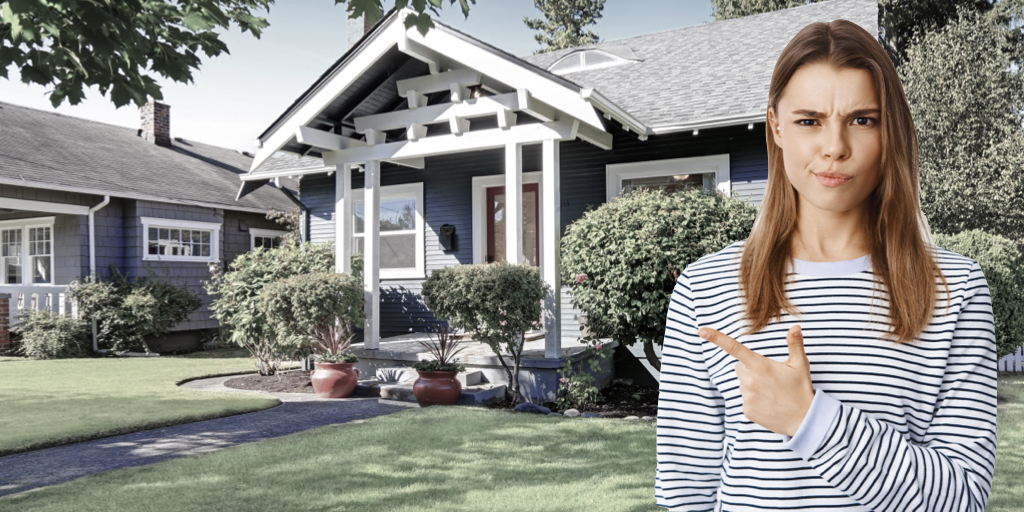Are baby boomers aging in place causing a shortage of housing inventory, higher prices and outdated homes that will require extensive renovation? “The theory that the aging population would require fewer homes isn’t quite accurate. It turns out older consumers tend to prefer smaller dwellings but not fewer homes. The Barclays housing team makes the argument that currently more boomers are partly responsible for creating more households, putting pressure on housing demand”, wrote Jonathan Millar, director and senior US economist at Barclays Investment Bank, wrote in a note to clients.
Boomers choosing staying put does…
[read more]
have an impact on housing inventory, but there’s another issue future homebuyers will face- again properties that will require substantial renovations and updates.
Leaf Home, a home improvement service provider and researcher Morning Consult published the 2024 Generational Divide in Homeownership Report which found that 68% of baby boomers are living in homes that are 30 years old or older, with no updates made or planned. Consequently many of these homes are ‘time capsules’ generally untouched by home renovations and modernization (show 70s home shag carpet). This could further strain future housing inventories pushing the dream of home ownership further away from young would-be homebuyers. The study results are drawn from an online survey of 1,001 baby boomer homeowners and 1,001 millennials in the US.
While the vast majority of boomers plan to age in place less than one-quzarter (24% graphic on screen) are preparing their homes aging in place or have added any safety features. For those that have I wonder how many millennials would want to buy a home with extensive hand rails, a stair life, or other aging in place modifications?
Home inventory is certainly impacted when any significant demographic chooses to remain in their home decades longer than younger homeowners. Barclay’s economist Jonathan Millar explains, “As an increasing share of the population shifts into older age groups, more and more households tend to be formed. That is, as a given household head ages, the size of the household (in terms of people) tends to become smaller and smaller, with children moving out and couples separating because of divorce or death,” the economist added.
For those older homeonwers who think they’ll pull up stakes and move 38% report that they plan to move into a smaller home. However, the vast majority of baby boomer homeowners find staying put is economical and convenient. The top reasonscited to age in place include: no need to move, being close to family, or the extensive costs in moving.
All things considered, while baby boomers aging in place is contributing to a housing shortage there are larger market forces in play: excessive housing regulations, increasing permitting fees, rising mortgage rates, and borrowers with mortgage rates as low as 3-4% who are unwilling to move and sell.
[/read]







2 Comments
The problem of dilapidated housing is not new. This is just a normal phase in the economic life cycle of housing. The four phases are: growth, stability, decline, and rehabilitation. The only question is how long is that cycle where you live.
My parents bought their home in the early 1950s. They acquired it with the GI bill with just $1 down. That home still stands as do the hundreds of thousands (if not millions) of homes built during 1950 through 1976 in the suburbs of Los Angeles County. Many of these homes have passed have yet to be rehabilitated. In the area where my parents had their home, home values have risen from under $15,000 original purchase prices to an average of nearly $1,000,000 with many of those homes selling for 30% more than the average.
In Houston in the early 1970s, I lived in new or newer housing. I had friends living in suburbs built in the mid a960s. After a few years in Houston, I moved back to Long Beach, CA . Having married a native Houstonian we came back to Houston to visit her family several times in the late 1970s. On those trips we visited our former neighborhoods. What we found were whole tracts of hundreds of homes torn down with new construction replacing it. Not one place where I had lived was still standing. Yet many places in very wealthy and poorer communities in Houston had outwardly changed very little with a lot of farmland turned into newly constructed homes.
When comparing LA to Houston, one thing was apparent. In LA there were few signs of wear and tear from weather while the same was not true in Houston. Right now my wife and I are looking to move to a newly rehabilitated home built in the early 1950s that has approximately double the living space it did when originally sold.
On a national level, there is little question that this vlog has validity BUT national conclusions on real estate trends go against the basic premise of real estate which says real estate is local, local, and local. The latter is very much in harmony with my experience.
In other words, the answer to the housing “crisis” is Boomers should hurry up and die (after the refurb, of course).